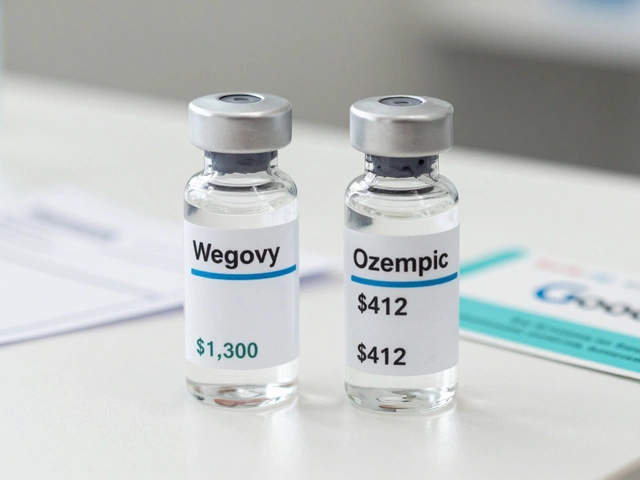Wondering if open-heart surgery still involves breaking ribs? Explore the fascinating advances in heart surgery techniques that have rendered many traditional practices obsolete. Discover the modern alternatives now available, the risks involved, and what to expect during recovery. An essential read for anyone curious about cutting-edge medical procedures and heart health.
Read MoreRib-Breaking Pain: What Happens and How to Get Better
Breaking a rib feels like a hard punch in the chest that won’t quit. The pain can make every breath, cough, or laugh feel like a mini‑attack. If you’ve just taken a fall, been in a car crash, or felt a sudden sharp sting after a sneeze, you might be dealing with a rib fracture.
First thing’s first: you don’t have to guess. A doctor can confirm a break with an X‑ray or CT scan. Knowing the exact ribs involved helps you plan the right care and avoid complications like a punctured lung.
Symptoms and When to Seek Help
Typical signs of a broken rib include:
- Intense, stabbing pain that worsens when you inhale or exhale.
- Tenderness when you press on the affected area.
- Bruising or swelling over the rib cage.
- Feeling short‑of‑breath, especially after light activity.
If you notice any of these, get medical attention ASAP. Trouble breathing, coughing up blood, or a rapid heart rate could mean the rib has damaged internal organs – that’s an emergency.
Even if the pain seems manageable, a check‑up is wise. Doctors may suggest a simple pain‑killer, a brace, or just close observation. The goal is to keep the lungs expanding fully while the bone heals.
Managing Pain and Speeding Recovery
Here’s what works for most people:
- Ice the area. Apply a cold pack for 20 minutes, three times a day, for the first 48 hours. It drops swelling and numbs the ache.
- Take prescribed pain meds. Over‑the‑counter NSAIDs (ibuprofen, naproxen) are fine if you have no stomach issues. Follow the doctor’s dosage.
- Practice shallow breathing. It sounds odd, but taking short breaths every few minutes keeps the lungs from collapsing and reduces mucus buildup.
- Stay active, but gentle. Light walking prevents blood clots and keeps circulation moving. Avoid heavy lifting or twisting for at least six weeks.
- Support the rib cage. Some find a rib belt helpful, but only use it under a doctor’s guidance. Too much compression can slow healing.
Nutrition also matters. Protein, calcium, and vitamin D are the building blocks for bone repair. Add lean meat, dairy, leafy greens, and a splash of sunshine or a supplement if needed.
Most rib fractures heal in 6‑8 weeks. You’ll notice the pain fading as you gain more range of motion. If the discomfort sticks around longer, revisit your doctor – it could be a delayed fracture or a muscle strain.
In short, a rib-breaking injury isn’t a life sentence, but it does need careful handling. Spot the symptoms, get a clean diagnosis, and follow a simple plan of rest, pain control, breathing exercises, and proper nutrition. Stick to it and you’ll be back to laughing, coughing, and taking deep breaths without that nagging sting.





